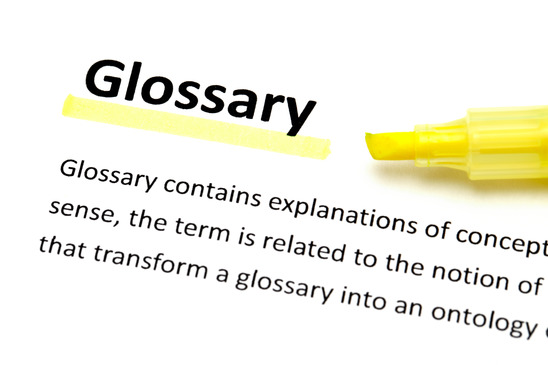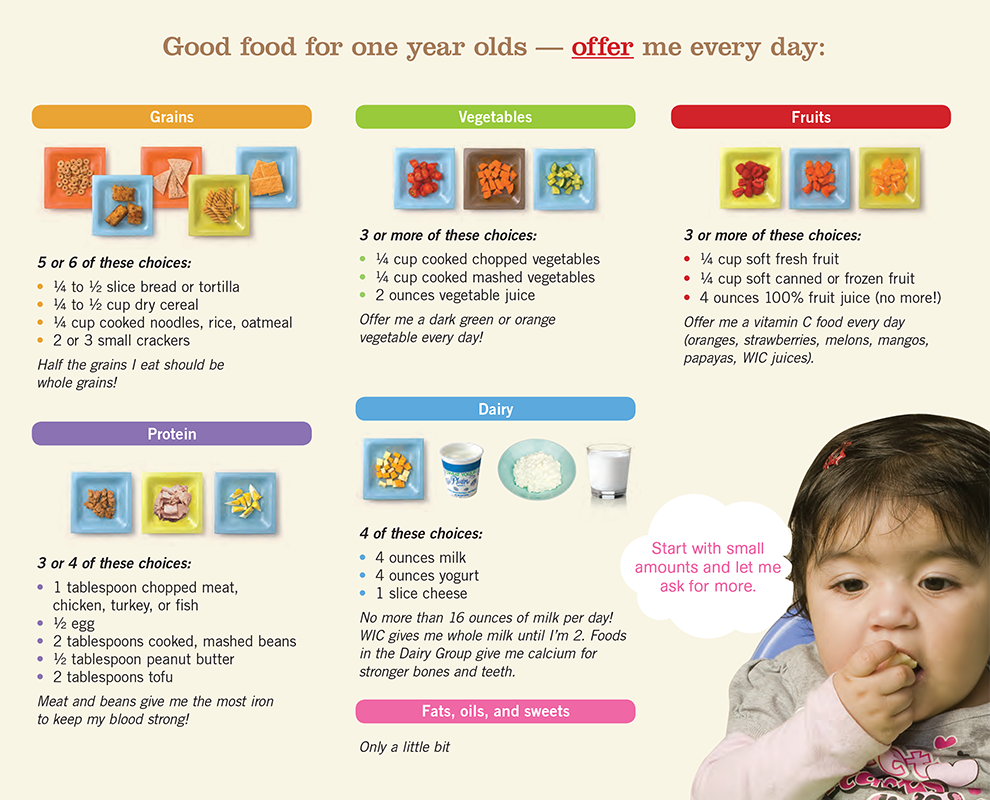5 Best Practices for Public Health Language Translation
I have been working closely with public health professionals for over ten years now. My experience includes working with various state and county public health departments, with a specific focus on multicultural communication.
With the APHA Annual Meeting & Expo about to start, I thought this would be a great time to share my experiences with you about the best practices I have learned and implemented over the years doing language translation for public health clients.
One of your goals as a public health professional is to ensure health equity for the people you serve. One way to do that is to offer content in their native language. Here are the 5 best practices for public health language translation you can apply immediately in your field of work.
1. Understand the Target Audience
Prior to having your public health materials translated, you must first understand your target audience. Is the target audience LEP (limited-English proficient) persons that immigrated to the United States, or do they still reside in their native countries? For this article, let’s assume you are targeting LEP populations in the United States.
The next step is to identify the languages of LEP persons you are targeting. You can do this in person by using I-SPEAK cards available at www.lep.gov. Once the language is identified, it should be stored in the respective LEP person’s health record. This information can then be aggregated and used to determine the most commonly-requested languages in your public health district to ensure meaningful access to services.
Another source you can use to determine the languages in your area are various demographic surveys. Using this method will give you a high-level view of the languages in your area. It’s not as precise as the first method I mentioned above.
Your takeaway: Know and understand your LEP target audience before translating your public health content.
2. Translate for the Appropriate Reading Level
MedlinePlus.gov recommends writing your health content for the 7th or 8th-grade reading level. This is perfectly fine for a native English-speaking audience. When you are ready to translate your English public health content into other languages, I recommend targeting the 5th or 6th-grade reading level.
The reason behind this is that the education level of certain immigrant populations may not be as high as your typical native English speaker. In fact, I’ve personally observed persons in certain communities who can speak their native language, but have a tough time reading.
If a person can’t read in English, let alone their native language, you will have a tough time communicating with him or her. To help ensure better understanding, target a lower reading level and follow the plain language guidelines.
Your takeaway: Instruct your translation vendor to translate for the 5th or 6th-grade reading level.
3. Create a Glossary and Style Guide
Every industry has specific terminology and jargon. Public health is not an exception to this rule.
For example, terms such as assurance, benchmarks, cultural competence, evidence, risk assessment and vector can mean different things in different contexts. To avoid misunderstandings, you probably already have an English public health glossary such as this one.
Many states have their public health glossaries available in languages such as Spanish. For other languages, especially those of rare diffusion, have your translation vendor assist you with creating one. The benefits of having approved bilingual glossaries is improved consistency in public health communication.
A style guide is just as important for the look and feel of the public health materials as a glossary is for the content and context of the translated text. The style guide should address abbreviations, acronyms, units, and terms that should be transliterated or kept in English, among other things.
Here is a great example of an English style guide for public health communication.
Your takeaway: Create and utilize bilingual glossaries and style guides for your translated public health material.
4. Localize Photos and Graphics
Adapting a piece of content into another language typically requires more than translating the text. A publication laid out in InDesign will have text, along with visual elements such as photos and images. Some of those images may contain text within them!
In most cases, it is recommended that you have the photos and images localized for the target audience. This means that you may decide to replace images of people with photos of people who look more like a typical speaker of that language. Having localized photos and images will create a better end-user experience. It will help the person relate to the translated piece of content.
It’s also important to consider cultural factors when localizing photos and images, so you don’t offend your target audience. Here are some things to avoid: hand symbols and gestures, religious symbols, and animal symbols that could have emotional meanings.
Conversely, here are some visual elements you can include: images of nature, abstract shapes, inanimate objects, globally recognized public health symbols and other standardized images that particular cultures won’t find offensive.
Your takeaway: Think beyond text translation. Make sure all photos and images are localized properly.
5. Involve Local Communities
For your public health communication to be successful, you must first build trust with your target audience. This is true regardless of the language you’re communicating in. If your target audience doesn’t have trust in you, your communication will not be as effective as it could be.
Most public health agencies being government entities must build trust with the local immigrant communities in their districts. The reason behind this is that in some countries, government agencies are viewed as corrupt entities that are out to extort people. This is especially true in developing countries that are torn by war and other conflicts.
How do you build trust?
By involving your local communities before, during and after translating your public health content. The best way to do this is through community meetings and workgroups. You will be getting the communities involved, with the help of language interpreters, and build trust.
By doing this you will emphasize that government is not a threat. This will help focus more on the public health issues you’re addressing to begin with.
Your takeaway: Communicate and build trust with the local immigrant communities for your public health communication to be successful.
Need assistance with your public health content translation?
Let’s discuss your specific needs. Contact us.
Conclusion
Language translation plays a big part in ensuring health equity in public health. You can define the success of your public health communication by understanding your target audience, their cultural and educational background, creating a glossary and style guide, localizing photos and images, and building trust.
Following these best practices and working with language translation vendors who can help you execute them is essential to successful communications. It’s also time and money well spent.
Please share other best practices you’ve come across as a public health professional working with diverse communities in the comments.






Leave a Reply
Want to join the discussion?Feel free to contribute!